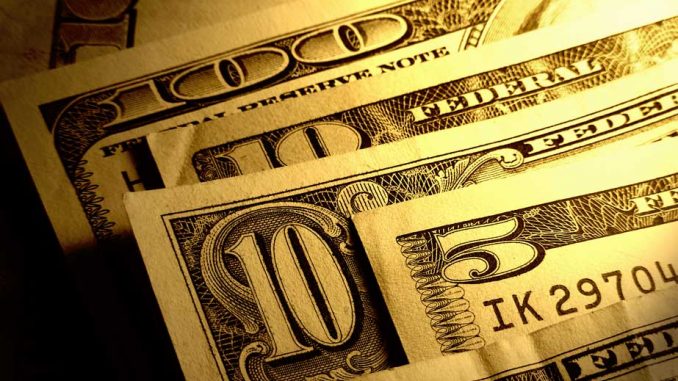
History shows us that economic contractions are never predicted, particularly by central bankers. One aspect of the economy is growing worrisome and could prove to be extremely problematic during the next recession.
Here is a graph from FRED showing the growth in seasonally adjusted GDP going back to 1947:
Here is a graph showing the growth in non-financial corporate debt going back to 1945:
Now, let’s combine the two and look at non-financial corporate debt as a percentage of GDP:
Over the six and a half decades since 1951, corporate debt as a percentage of GDP averaged 18.09 percent. In sharp contrast, during the first quarter of 2018, corporate debt was 31.13 percent of GDP, just below its all-time high of 31.31 percent in the third quarter of 2017. Prior to the Great Recession, corporate debt was only 22.2 percent of GDP during 2006; since then, corporate debt as a percentage of the economy has grown by 9.11 percentage points or 41 percent.
Let’s look at another aspect of the corporate world, after tax profits, and compare this metric to corporate debt. Here is a graph showing the growth in profits since 1947:
While that metric of corporate health looks quite good, let’s go on to add corporate debt (in red) to the graph showing corporate profits (in blue):
You will observe that there is a substantial and growing divergence between the two key measures of corporate health.
Now, let’s subtract corporate profits from corporate debt to show how quickly corporate debt is growing when compared to corporate profits, a phenomenon that I term “the corporate profit-to-debt gap”:
In the first quarter of 2018, the corporate profit-to-debt gap reached $4.354 billion, slightly below its all-time high of $4.452 billion which was reached in the fourth quarter of 2017. As well, the corporate debt-to-profit gap has risen by $2.01 billion or 86.1 percent since its post-Great Recession low.
There is one factor that has created this unsustainable situation for Corporate America as you can see here:
…and here showing the ICE BofAML US High Yield CCC or below effective yield, in other words, the yield on the junkiest of what Corporate America has to offer as debt instruments:
Given the desperate search for yield following the Fed’s near-zero interest rate policies of the post-Great Recession period, investors have pushed the yield on even the riskiest of corporate debt to extremely low levels that do not reflect the risk involved.
Thanks to the Federal Reserve, Corporate America has been able to accumulate unprecedented levels of debt that, at least in some cases, will prove to be difficult to service during the upcoming recession when the growth in the profit-to-debt gap and the high level of corporate debt as a percentage of GDP come home to roost. Unfortunately, investors (and central bankers) won’t see the crisis until it’s already upon us.
Click HERE to view more.
You can publish this article on your website as long as you provide a link back to this page.









Be the first to comment